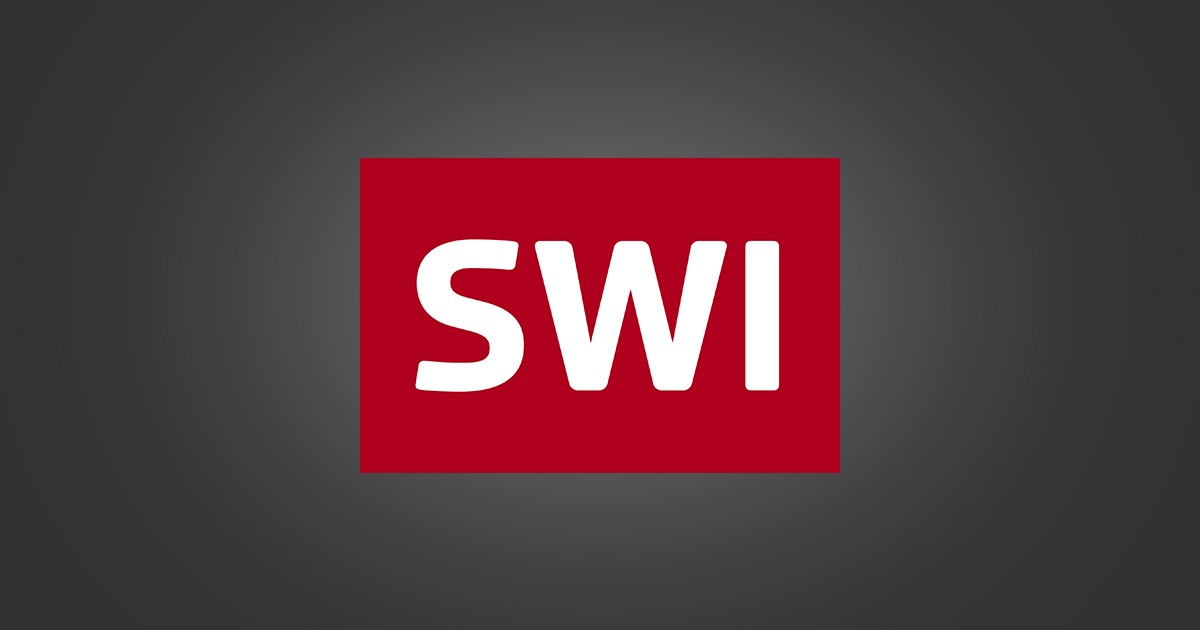COMMENTS
The right is going on a solid bang, and SV is popping up on Dagbladet’s fresh party barometer. The race seems to be run for Erna, and Lysbakken is sailing up as a crucial red-green power factor.
BREAKS OUT: SV leader Audun Lysbakken seems to be able to be the election’s big winner. Photo: Håkon Mosvold Larsen / NTB
view more
–
Internal comments: This is a comment. The commentary expresses the writer’s attitude.
Published
–
The trends in the measurements the last couple of weeks have been interesting to follow. Was there still hope for re-election for Erna Solberg? Some things could point in that direction. Rødt and MDG have been on the decline after a good start during the election campaign, and may risk falling below the threshold. The Labor Party (Labor Party) has struggled to strengthen itself in the polls, the Center Party (Social Democrats) has fallen brutally, and will SV really do so well? With a Conservative Party of over 23 percent, the Liberal Party of 13 and both KrF and the Liberal Party above the threshold, it could hold.
Today’s survey from Ipsos for Dagbladet strikes a chord with this dream, and it is confirmed by the development in several other polls this week.
view more
–
By 17 percent support in our poll, this is in fact the lowest support the Conservatives have received from Ipsos since the autumn of 2009. Before the parliamentary elections that year, the party received 14.5 percent support, but ended up at 17.2 percent in the election. Since then, the party has been above this level.
It should not be ruled out that the party may bounce back a bit in the next few days. Before the parliamentary elections in 2017, Ipsos Høyre measured 23.3 percent, while they achieved 25 blanks in the election. The Prime Minister has the format to be able to mobilize in recent days. That the arrows point downwards for the Conservatives in the average of the measurements, however, makes the probability very small that the lift will be large enough.
What happened?
If the Conservatives were to end up with an election result of 17 percent, it will be a failure for Erna Solberg. Most recently in February this year, the party was at almost 26 percent in the average of the polls. If one is to point to one decisive factor, it is that the Conservatives went to the polls to “speed up Norway”. Figures for employment and economic recovery have given the Conservatives a basis for claiming that the work was already underway. Increasing infection and delayed reopening have probably nevertheless led to the message not gaining a foothold in the election campaign. The strategy has failed.
That was perhaps one of the reasons why the government, led by Conservative Finance Minister Jan Tore Sanner, played a wild card last week. The launch of a new oil tax, before the consultation memorandum was ready, has been interpreted as an election campaign proposal that could perhaps give the Conservatives a boost. A lot has been about climate in recent weeks. A Conservative Party in search of the so-called “little voters” in the run-up (those between the Labor Party and the Social Democrats), had a legitimate belief that a careful tightening of the oil tax could attract downtown voters.
A little over a week later we can state that it did not succeed. Maybe quite the opposite.
The right is too exposed to leakage to the government partners KrF and Venstre, both of which are doing well in Dagbladet’s new poll. With both parties dangerously close to the threshold, tactical voting by Conservative voters can be decisive. Unlike in 2017, the bourgeois side does not help overall, because the Conservatives have no voters to lose.
The big part of the election campaign winner seems to be able to be Audun Lysbakken. In this poll, SV is almost equal to the Center Party. No one would dare to predict in advance. From having been fairly evenly high for a long time, at around 7-8 percent in the average of the measurements, SV has been clear in recent weeks. Ipsos measured the party at 6.6 percent in June, 9.7 percent in August, and 11.8 percent now in September.
If this startlingly high number is matched in the election, it will have great significance in any red-green government negotiations. The Center Party has probably envisioned being able to dictate the preconditions in a number of controversial nature, environmental and climate issues. With this result, SV will have to make a significant impact.
With MDG and Red above the threshold, we also see that the election wind is blowing wind in the sails of a more radical climate and distribution policy. The district card is either worn out after long-term use by Trygve Slagsvold Vedum, or has lost value because other parties have adjusted the course.
Jonas Gahr Støre’s big headache – that the tripartite cooperation between the Labor Party, the Socialist People’s Party and the Socialist People’s Party does not achieve a majority – still works. The parties are two seats away from the majority in this poll, last year they got just enough – 85. When the votes are counted on Monday, this is where the great tension lies.
–


